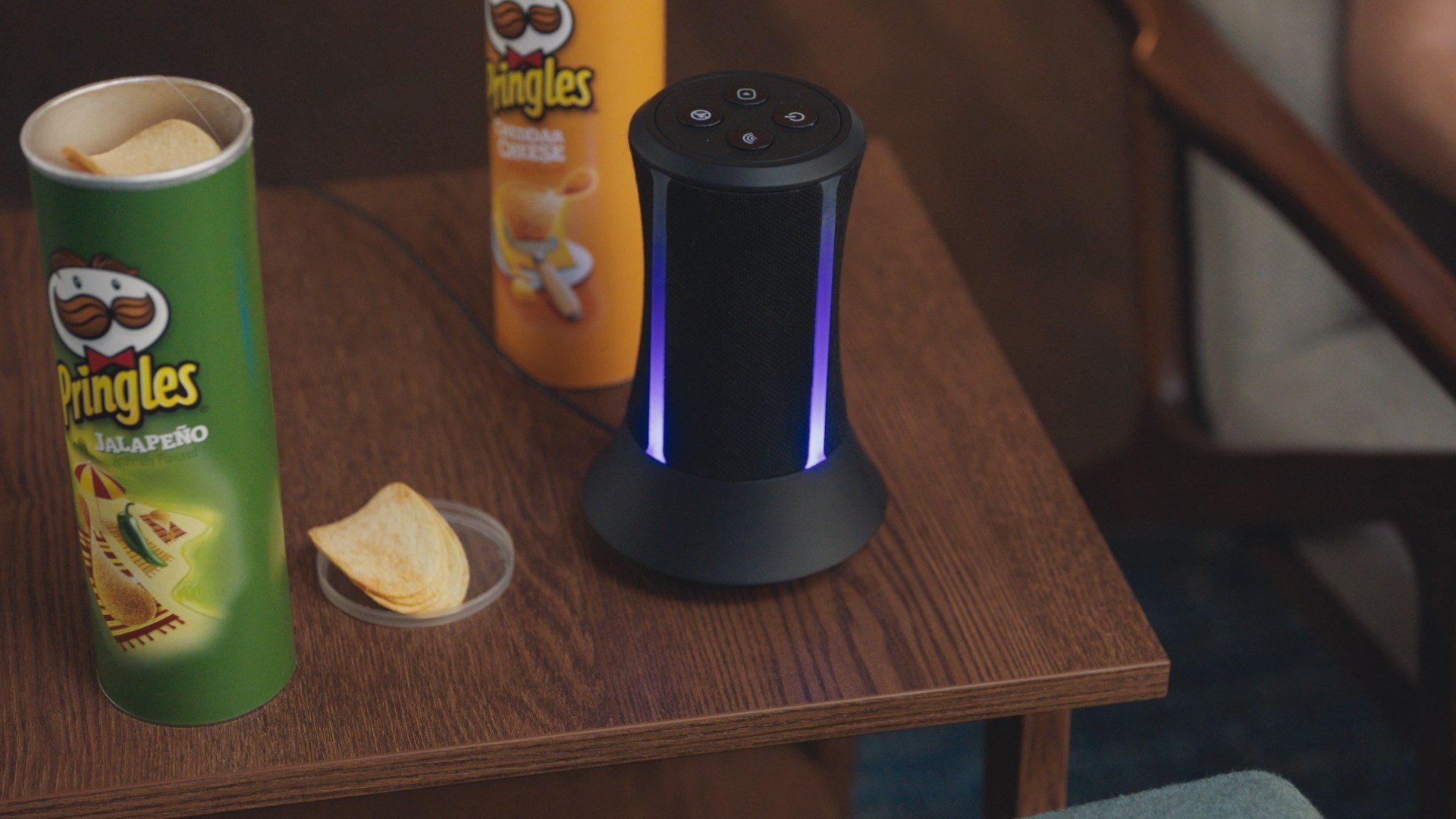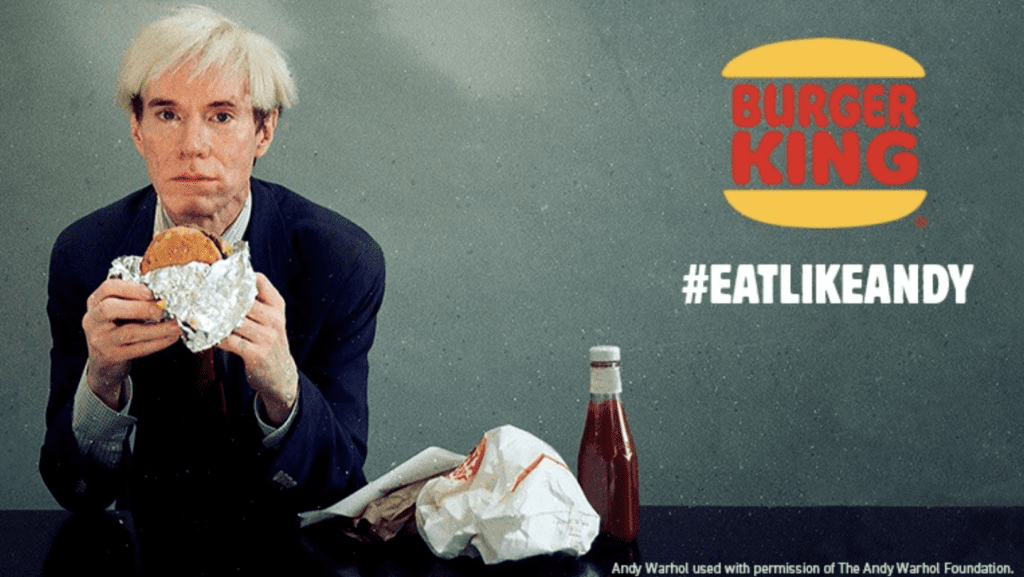The Super Bowl was a super bust.
Super Bowl LIII achieved its lowest ratings since 2008. The game attracted 98.2 million viewers, down from 103 million viewers in 2018 and 111 million in 2017. And the NFL cannot blame a decline in general viewership from the regular season: ratings were up for the 2018-19 NFL season overall. On a positive note, digital viewership of the Super Bowl increased to a record of 2.6 million.
So what happened? Analysts blamed the appearance of two teams that failed to stir strong interest and a defensive struggle that bored viewers (the game was tied 3-3 going into the fourth quarter).
The decline in ratings has caused some to wonder whether it’s worth it for advertisers to spend $5 million on a 30-second Super Bowl ad. Well, I think that’s the wrong question. The real question is how can businesses maximize the lifespan of a Super Bowl ad beyond the big game itself?
If you’ve followed the Super Bowl year after year, you’re probably aware that businesses preview their Super Bowl ads by dropping teaser videos online weeks before the game, thus creating buzz, just like movie trailers do before a movie release. For example, in January Pringles distributed three teaser videos extolling the virtues of stacking different Pringles flavors while watching TV. These videos were accompanied by a PR blitz that resulted in coverage in publications such as Adweek.
And then after the game, companies enjoy a lift from the post-game analysis of Super Bowl ads. Even ads that get panned by critics create attention for their brands. It’s not like viewers are going to read a post-game ad critique in Advertising Age and boycott a 30-seond spot because it got panned. The criticism might pique their interest. Beyond the post-game analysis come opportunities for brands to distribute ads across multiple venues and optimize them for search. And Burger King is using already its socials to maintain public interest in its well-received spot featuring Andy Warhol eating a Whopper.
In a blog post I published February 1, I share how advertisers use digital media to extend the life of Super Bowl spots after the big game. I discuss the importance of brands exercising creative parity, or ensuring consistent messaging across digital and offline channels. As noted above, viewership of the Super Bowl online increased. Does your digital content match what people see on linear TV? Check out my post for more insight. And contact True Interactive to ensure that your digital ads maximize their value.

